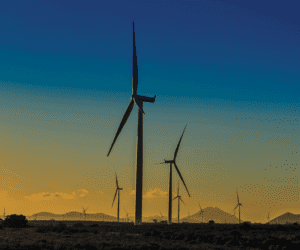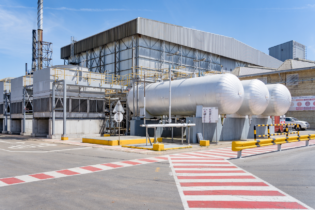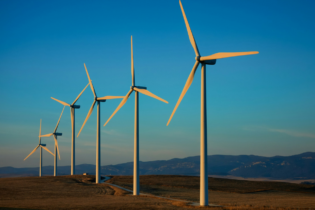
South Africa is moving to further reduce its reliance on hydrocarbons by expanding private sector investments in solar and wind projects
Under the Renewable Energy Power Producer’s Programme launched in 2011, the contribution of independent power producers (IPPs) to generation is expected to reach approximately 7 GW by mid-2016, Tina Joemat-Pettersson, minster of energy, said in a budget address in mid-May.
A further 1.8 GW of new renewable projects are currently being evaluated, with a decision on tenders to be announced later this year.
Private investments since 2011 by IPPs in renewable capacity have topped R194 billion, a figure set to expand through this year, the minister said during the same speech.
Given the scope and scale of new projects coming on-line, South Africa appears to be on course to achieve its renewable target of 17.8 GW by 2030, the minister added.
Changing the mix
The government aims to reduce the share of fossil fuels in the energy mix from 86.5% in 2010 to 57% by 2030, with renewables set to fill 21% of the generation gap and a $100 billion nuclear energy programme to make up the balance.
Currently, renewable power sources account for 5% of South Africa’s installed capacity, from a baseline of zero in 2010. This has led South Africa to become the largest wind energy producer on the continent and to be placed among the top 10 countries globally for installed, utility-scale solar photovoltaic capacity.
Importantly, a greater contribution from renewable energy could help make up for lower output from state utility Eskom. Since the global financial crisis and the slowing of South Africa’s economy, Eskom has seen output fall as demand has eased, with production down 15.2% from mid-2007, according to local media reports.
In part, this has been a result of old production capacity being taken off-line, and a reduction in the requirement to operate plants at full or above rated capacity.
At the same time, other producers have been ramping up output, with IPPs producing 1379 KWh in March 2016, a 29.7% increase from mid-July 2007. This is equivalent to around 7.2% of Eskom’s output.
Integrating renewable energy
While Eskom’s role as a producer is being scaled back, its function as owner of the country’s distribution grid will be key to maximising the benefits of the growth in renewable energy generation.
In April Eskom obtained a $180 million loan from the recently established New Development Bank, founded by the five BRICS countries, to fund investment in transmission capacity and to connect renewable energy projects to the national grid.
The loan is part of the utility’s R213 billion plan to improve and expand the transmission network by 2025.
To date, Eskom has invested R2.4 billion on transmission and distribution infrastructure needed to bring renewable power projects on-line.
Biofuels as an option
Although solar and wind energy are the main focus for South Africa’s renewable energy segment, the Cabinet will discuss draft regulations on the biofuel industry later this year.
According to estimates by the ministry of energy, a biofuels industry that contributes 460 million litres per year would be able to reduce conventional energy imports by more than R2.5 billion per annum.
While biogas projects currently face difficulties in attracting funding and do not yet have a feed-in tariff system in place, the Biofuels Regulatory Framework, due to be submitted to Cabinet this year, may put the segment on a more sound footing and boost investment opportunities.
“There are many opportunities surrounding the treatment of biowaste in South Africa, including the construction of waste treatment facilities in rural areas, which would have the added benefit of providing an alternative energy source in remote areas where there is no electricity infrastructure,” Eddie Cooke, vice-president of the South African Biogas Industry Association, told a seminar on bioenergy earlier this month.
With much of the industrial base needed to produce equipment for waste processing already in place, the development of biogas technology would require only minimal re-gearing by manufacturers, according to David Mahuma, senior manager of energy at the South African National Energy Development Institute.








